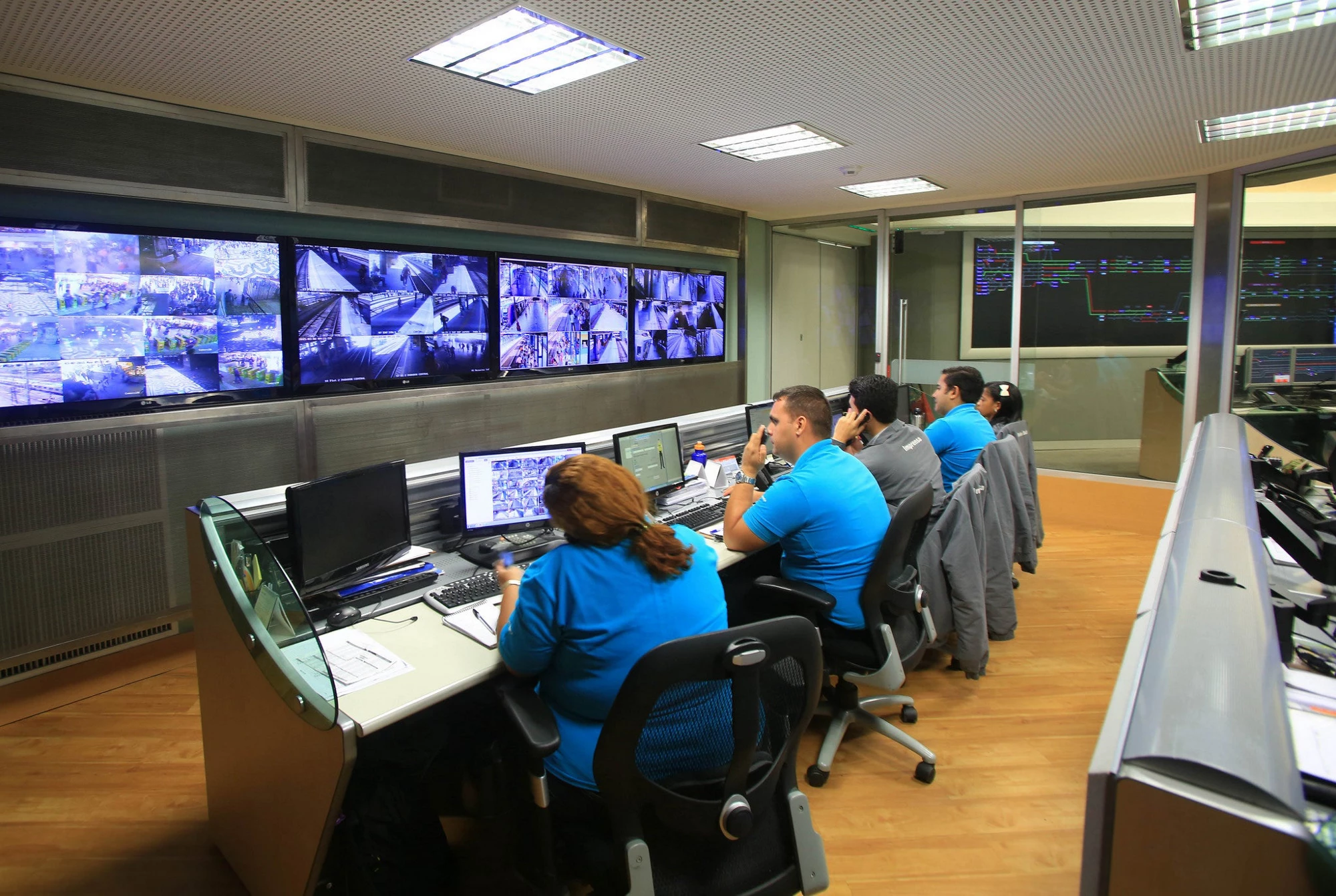
For such prolonged engagement in PPP projects, lenders’ ability to monitor the project during the construction and operation phase becomes critical. The approach to monitoring we’ve been offered so far serves its purpose up to a point, but promising developments in real-time data monitoring have the potential to serve as effective early warning signals—assuring the success of a PPP in ways that could revolutionize certain sectors.
Today’s mechanisms for monitoring
The current practice of PPP project monitoring by lenders happens at two levels, in many cases simultaneously. The first level of monitoring is done by the lenders, who often operate through consultants—subject matter specialists—who monitor the project on their behalf. These advisors remain engaged with the project throughout the project’s life and provide periodic monitoring reports to the lenders.
Promising developments in real-time data monitoring have the potential to serve as effective early warning signals—assuring the success of a PPP in ways that could revolutionize certain sectors. For example, during the construction phase, lenders’ technical consultants may provide monthly or quarterly construction monitoring reports. Post-construction, technical consultants provide yearly or bi-annual operating reports. Similarly, insurance consultants provide yearly compliance reports to the lenders, confirming whether the project has availed itself of all the insurance policies that are required under the financing agreements.
The second level of monitoring is done by the borrower. This institution (or group of institutions) is required to provide periodic information and reports to the lenders under the financing agreement. These reports, also known as information covenants, are well defined in advance—usually outlined during drafting of the financing agreements.
If the above reports identify any gap, lenders then take the corrective actions within the scope of financing agreements. These may include, for example, a breach of undertaking by the borrower (i.e., the project company), which can lead to blocking the dividend payment. On the other hand, lenders may also decide to waive such requirements, depending on the case in hand.
This makes it clear that the information flow occurs post facto—not on a real-time basis. By the time the information is made available to the lenders and a gap has been identified, a period of time has already lapsed. Lenders can take corrective actions in most of the cases, but the period for preventive actions has long passed. This is where the promise of real-time data comes in. Real-time data, when seen as an early warning signal, allows lenders to take preventative actions that better assure the success of a PPP.
How do we get the best real-time data?
Benefits of real-time data, and its use in monitoring projects, will vary across PPP sectors. The biggest beneficiaries include projects that are exposed to market risks, such as transport PPPs like toll roads and ports. Feed-in tariff-based Independent Power Producers could also benefit tremendously from this approach. As the standards for real-time monitoring mature and real-time tracking of operating performance grows to include tracking of revenue generation, the potential for sounding early warnings increases. Potentially, lenders could then be proactive when bad days are looming.
The challenges to implementing real-time data are almost as great as the promise it holds. For real-time, data-based PPP asset monitoring, there is a twofold test yet to be met: first, putting the necessary IT infrastructure in place, and second, feeding data into the system on a continuous basis.
Overall, the IT infrastructure should allow lenders to monitor key parameters remotely. On the project end, the infrastructure should allow collection of data through an automated system, without the need for human data entry. Consider a toll road project, for example: the transponders on the toll roads capture how many vehicles pass through the road, which then translates easily into revenue calculation. Lenders would be able to see, on real-time basis, how much the project is earning and whether that matches their original projection or not.
While the discussion remains theoretical, pilot projects can help us learn how the model would benefit lenders, and how to implement this sustainably. At the Islamic Development Bank, we think that an airport or toll road project, funded by more than one multilateral development bank (MDB), is a good candidate to test the model as a pilot. It would be a departure from the norm—the very sort of original effort that is called for—and therefore may need technical assistance support to induce the project companies implementing the pilot. A concerted effort by the MDBs is necessary to push such an effort, and we stand by ready to act.
For more information on data for infrastructure PPPs and the importance of monitoring and other data-focused indicators, please see Handshake.


Join the Conversation